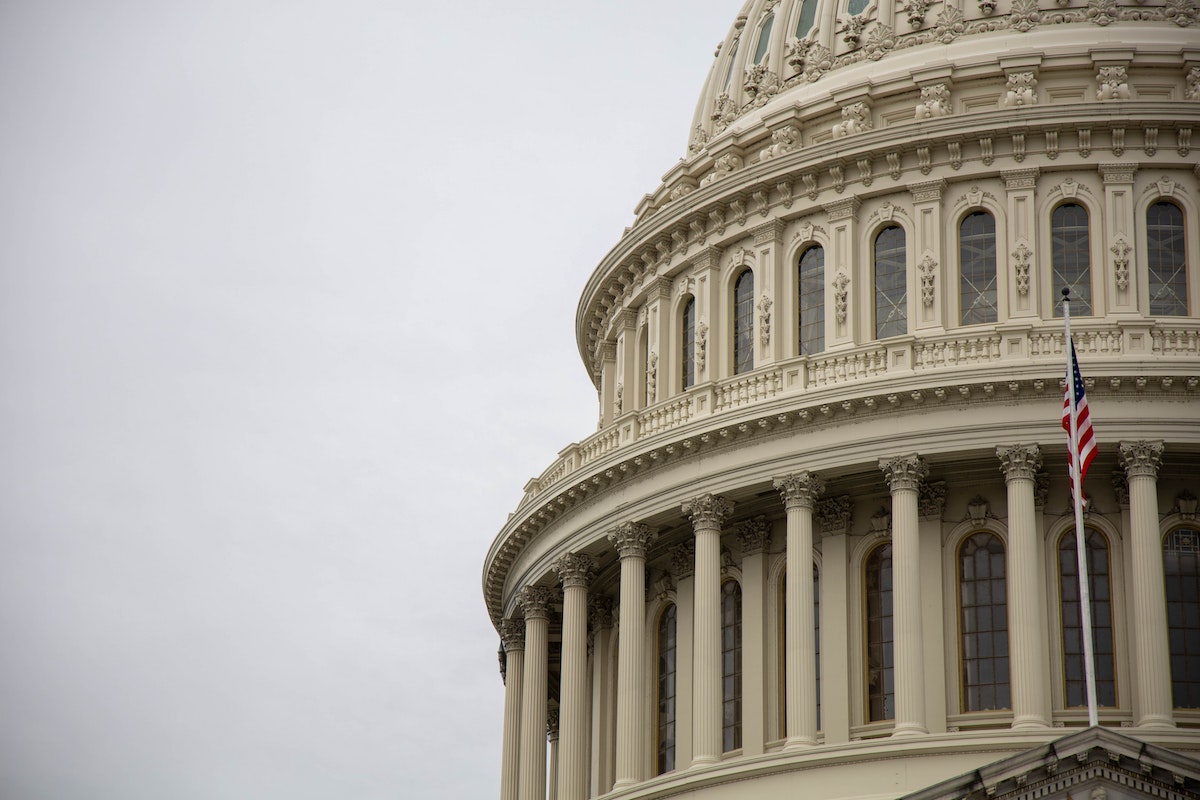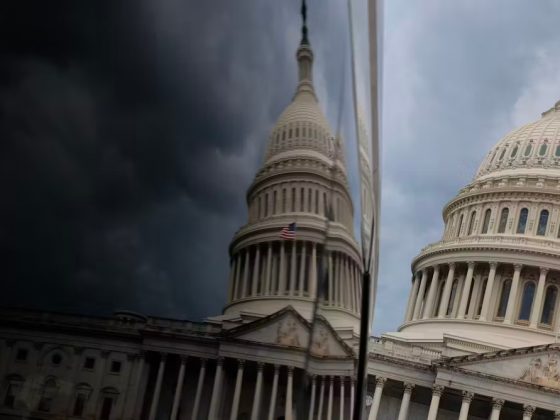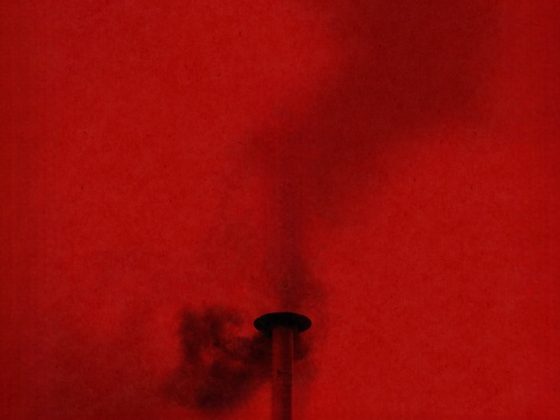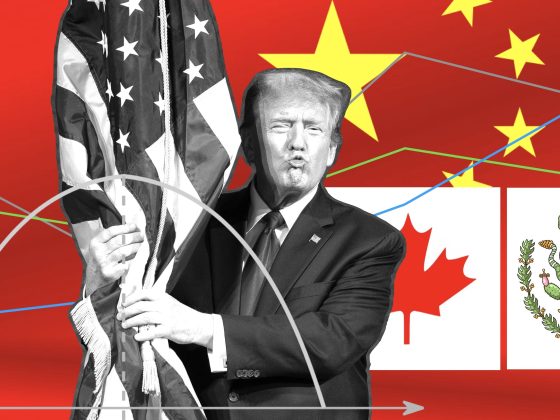LONDON and NEW YORK, Dec. 7, 2021 /PRNewswire/ — (S&P Global Ratings) Credit and financing conditions are largely favorable in the run-up to 2022, says S&P Global Ratings in its report “Global Credit Outlook 2022: Aftershocks, Future Shocks, And Transitions,” published today. However, factors including high cost inflation and the new COVID-19 omicron variant could pose a significant risk to that stability.
Surging global demand, extraordinarily benign financing conditions, supply chain strains, soaring energy prices, and higher global leverage have all been triggered by the shock of COVID-19. Although credit momentum remains positive–with financing conditions supported by fiscal and monetary policy and solid economic growth–the recovery’s foundations are vulnerable to setbacks in light of the new omicron variant, uneven vaccination rates globally, and high inflation.
Alexandra Dimitrijevic, Head of Global Research at S&P Global Ratings, and co-author of the report, said: “Credit conditions are currently looking largely favorable as we move into 2022, but the foundations of recovery are still fragile and subject to setbacks. More than the potential effects of omicron or other variants, high inflation and lingering high prices tied to supply chain issues and increasing energy prices could push major central banks to hike rates sooner and faster, triggering volatility and sharp market repricing. These risks are amplified by higher global leverage compared to the pre-pandemic environment. It is difficult to ignore the weaker rating distribution of speculative-grade nonfinancial corporates, over 30% of which are still rated ‘B-‘ or below. We are not out of the woods yet.”
Key Findings From The Global Credit Outlook 2022
AFTERSHOCKS – Initial consequences of the pandemic persist
- COVID-19: The economic impact has waned, but the new variant poses a fresh concern. Successful vaccination programs and the ramping up of their global supply offer the clearest route to the transition from a pandemic to an endemic, but manageable disease. However, the threat that omicron or other variants might overcome existing vaccines persists.
- Inflation: Headline and cost-inflation have exceeded most economists’ expectations this year, causing concern and pushing central banks to consider raising interest rates sooner and faster, in an aggressive monetary tightening that could trigger market volatility and repricing of financial and real assets. We believe that inflation pressure will eventually wane and our base-case assumes an orderly exit path, with the tapering of asset purchases and a gradual increase in rates, but the risks of a disorderly exit are rising.
- Emerging markets: The monetary policy challenges are more immediate for emerging markets (EMs). Inflation has a greater impact on households in EMs, since spending on food, gas, and transport represents a larger portion of their disposable income than for developed market peers. The need to avoid social discontent has constrained the ability of some EM governments to stabilize finances affected by COVID-19. Many EM central banks have already lifted interest rates and might be forced to run a more restrictive monetary policy for longer if inflationary pressures prevail.
- Governments: We expect governments will seek to achieve a tricky balance between supporting growth and achieving fiscal rebalancing in 2022. As economies reopen, the recovery of tax revenue and the ending of temporary support measures should reduce government deficits next year. But they are still expected to remain above pre-pandemic levels in nearly all regions, as sovereigns will unlikely be able to implement serious revenue-increasing measures or reforms.
- Corporate finance: Having weathered supply-chain disruptions and soaring cost inflation, nonfinancial corporates we rate are likely to deliver strong results for 2021, with revenues and EBITDA soaring, and profit margins likely to hit a record level. However, 2022 is likely to prove more challenging as growth slows and profit margin pressure starts to ratchet up.
- Risky credits and default rates: We expect speculative-grade defaults to remain low through 2022, with the Europe and U.S. default rates at 2.5%, assuming there are no policy surprises or economic setbacks. Abundant and cheap liquidity, and investors’ search for yield has led to strong credit demand across the ratings scale, allowing corporates to refinance debt and extend maturities, limiting near-term refinancing risks. Still, it is difficult to ignore the weaker rating distribution of speculative-grade nonfinancial corporates–over 30% of which are still rated ‘B-‘ or below. If financing conditions were to tighten sharply, those at the bottom end of the credit scale would endure it first.
- China: China’s policy shifts could bring long-term benefits but are likely to heighten credit stress and slow economic growth in the near term. The Chinese government will likely continue its reforms intended to promote “common prosperity”, which could lead to a welcome improvement in credit metrics in the longer term. Nonetheless, as seen with the volatility in the property sector, these changes are likely to heighten credit stress and cause more defaults. A transition away from carbon-intensive industries and property development is also likely to slow the pace of economic growth.
FUTURE SHOCKS
- The financial costs of the pandemic: S&P Global Ratings estimates that global debt outstanding will increase $37 trillion in 2021–the size of U.S. and China’s combined GDP–to $225 trillion, in no small part due to the pandemic. Global debt to GDP should fall from 2022 onward as incomes recover, particularly for the corporate sector. However, interplaying factors, such as policy shifts or inflation, could lead to a sudden tightening of financing conditions or markets.
- Digitalization: The digitalization of capital markets, such as the adoption of cryptocurrencies and tokenization of assets, will continue to send shockwaves through traditional financial models, more as a complement than in competition with the incumbents for now. The digitalization of the economy also heightens the risk of cyber attacks with the potential to hurt corporates, governments, financial markets, and economic growth.
CLIMATE AND ENERGY TRANSITION
- Climate risk: As global temperatures rise and erratic weather patterns continue to emerge, credit conditions and real assets–in particular infrastructure–will be affected.
- Awareness and planning: A growing awareness of climate change risks and policy plans will accelerate the energy transition to net zero. Following on from the COP26 Climate Change Summit in late 2021, governments are considering a wider range of policy tools, including market mechanisms, to achieve carbon neutrality by 2050. The transition to net zero will necessarily create winners and losers and the risk of creating so-called stranded assets.
- Fossil fuels: We expect an accelerated move away from fossil fuel investments by investors, financial institutions, and corporates following COP26 pledges around the “phase down” of coal and commitments to align with a 1.5 degrees Celsius trajectory within the next decade. Cement, steel, and refineries are likely to be the sectors most at risk from the transition to net zero.
The report is available to subscribers of RatingsDirect at www.capitaliq.com. If you are not a RatingsDirect subscriber, you may purchase a copy of the report by calling (1) 212-438-7280 or sending an e-mail to [email protected]. Ratings information can also be found on S&P Global Ratings’ public website by using the Ratings search box located in the left column at www.standardandpoors.com. Alternatively, call one of the following S&P Global Ratings numbers: Client Support Europe (44) 20-7176-7176; London Press Office (44) 20-7176-3605; Paris (33) 1-4420-6708; Frankfurt (49) 69-33-999-225; Stockholm (46) 8-440-5914; or Moscow (7) 495-783-4009.
This report does not constitute a rating action.
SOURCE S&P Global Ratings










